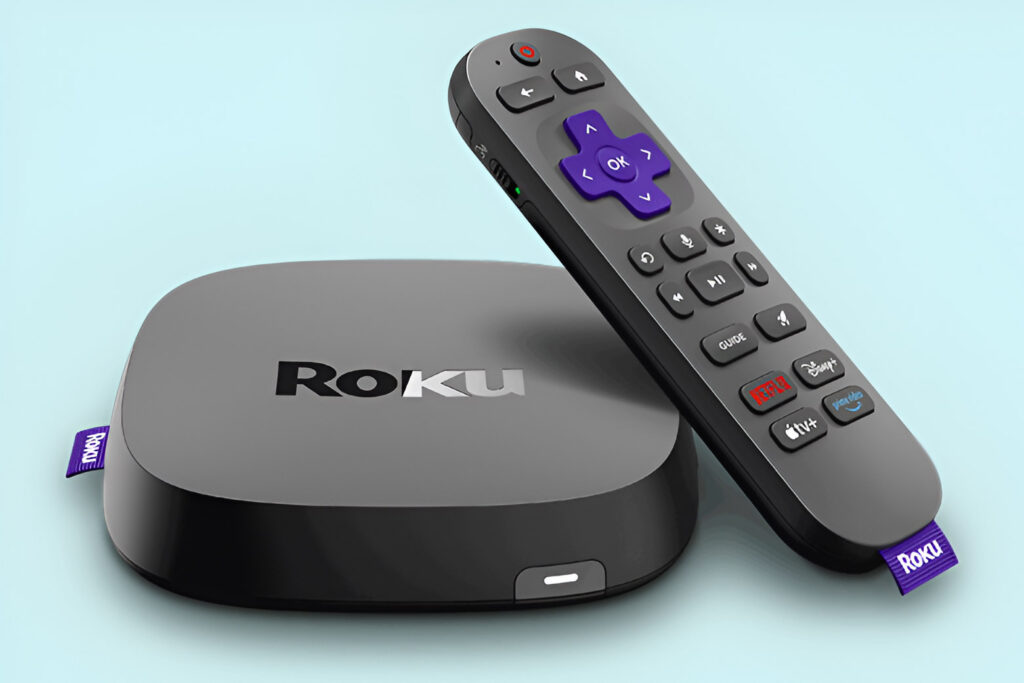Your home’s electricity works within your walls and outlets without you needing to give it much thought. However, the electricity that runs from your power company to your home is just one piece of the electricity puzzle. Once power reaches your home, many things can affect how “clean” your electricity is that powers your devices. When changes interfere with clean electricity, you could wind up with dirty electricity.
What Is Dirty Electricity?
Dirty electricity causes interference with clean electricity. Clean electricity comes straight from your power company to your home. Technically, dirty electricity comes from abnormal electrical frequencies in a home’s wiring or electrical or connectivity devices. These frequencies run alongside typical clean electricity. But, while clean electricity typically has smooth ebbs and flows of currents, dirty electricity can have sharp spikes or plummets. Think of clean electricity as calm, gentle waves meeting the shoreline, while dirty electricity is large, treacherous waves crashing along the beach.
The appliances and devices you have in your home can contribute to dirty electricity, which is essentially polluted electricity. Dirty electricity is most commonly caused by old electrical wiring throughout the home, older devices plugged into the home, or interference from devices with various signals, such as a cable box and a Wi-Fi router. The conversion of types of power, such as devices powered by solar energy or plugs converting AC to DC power, can also dirty your electricity.
If you’ve experienced a power surge that’s wiped out a computer, there’s a good chance that dirty electricity is to blame. Unfortunately, it could be doing more behind-the-scenes damage to your devices and your health than you might know.
Symptoms of Dirty Electricity
Dirty electricity can be difficult to notice if you’re not specifically looking for it unless you start having several symptoms show up in your home.
Common symptoms of dirty electricity include:
Breakers tripping: If your breakers shut off often, like once every week, this may indicate dirty electricity surges that force a quick stop. This action helps prevent damage, but it often points to a bigger issue.
Noise or vibrations from devices: In a quiet room, you may hear humming or buzzing from electronics such as TVs, modems, security cameras, or sockets. This suggests that dirty electricity frequencies are present.
Power surges: Spikes in your electricity, known as power surges, can harm computers and other devices. They lead to tripped breakers, resets, and flickering lights.
Flickering, blinking, and buzzing lights: If your lights flicker, blink, or make buzzing sounds, this could mean there are electrical frequency issues, indicating dirty electricity in your wiring.
Hot wiring, panels, or devices: A device, outlet, or panel that's hot indicates it may be affected by dirty electricity, which often causes overheating.
Poor network signals: Difficulty with Wi-Fi signals in your home might be due to dirty electricity disrupting the signals, which affects your internet connection.
Device breakdowns: Unexpected malfunctions or breakdowns of devices can be caused by dirty electricity. Frequent replacements of electronics suggest the presence of dirty electricity in your home.
Health Issues Related to Dirty Electricity
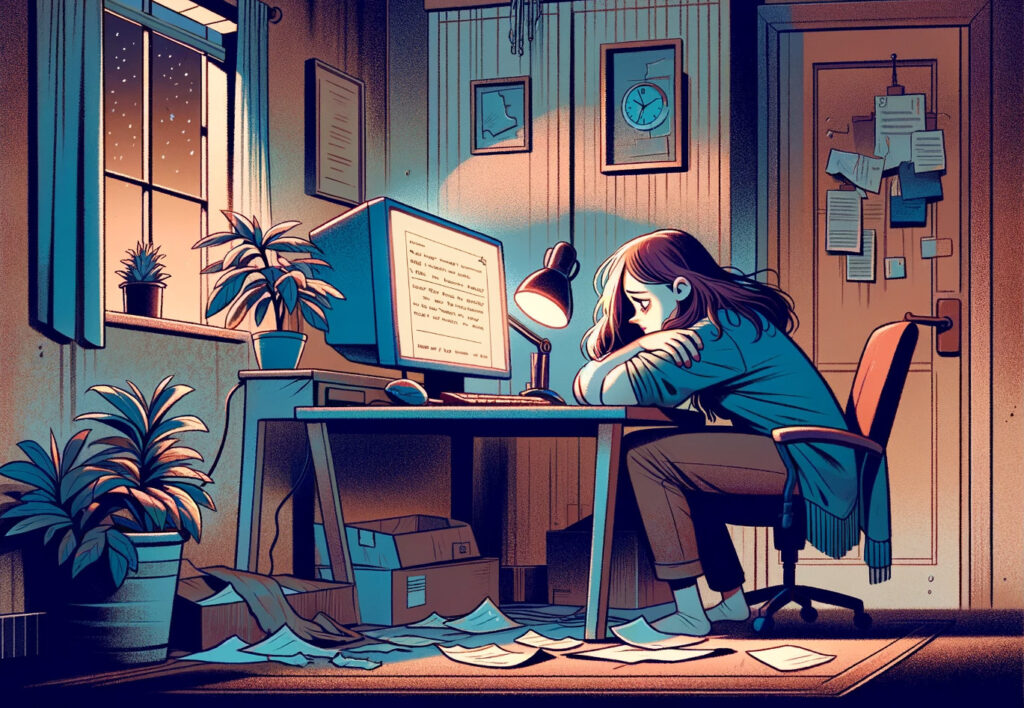
The effects of dirty electricity on a person’s health are still being studied, but some research has noted that it can have some health implications, including affecting mood and behavior and potentially increasing cancer risk.
Dirty Electricity and Chronic Conditions
A scientific review published in Electromagnetic Biology and Medicine explored studies noting improvements in several chronic conditions, including multiple sclerosis and type 2 diabetes, when dirty electricity sources in various environments were replaced in favor of clean electricity.
Some research links continuous exposure to dirty electricity with chronic stress levels, which can, in turn, lead to or worsen these and other chronic conditions. When dirty electricity is reduced, symptoms and lab work related to these chronic conditions have improved.
Dirty Electricity and Cancer
Dirty electricity is thought by some to increase the risk of different types of cancer, including breast cancer and childhood leukemia. The idea comes from the science behind dirty electricity and electromagnetic fields, also known as EMFs. EMFs come from microwaves, power lines, and other everyday sources of electricity in homes. High-frequency EMFs are what’s delivered through X-rays; they are known to damage DNA and cells, according to the National Cancer Institute. However, high-frequency EMFs shouldn’t be found in usual circumstances in homes.
Multiple studies noted by the National Cancer Institute have found inconclusive or no evidence of increased cancer risk from EMFs. Still, some researchers believe that exposure to even very low-frequency EMFs may cause oxidative stress in the body, which could lead to cellular changes.
Dirty Electricity’s Effects on Mood and Behavior
Dirty electricity has also been linked to mood and behavior disruptions, often believed to be caused by the chronic stress it potentially places on the body.
According to Mayo Clinic, chronic stress has several negative side effects on mood and behavior, including a lack of sleep, trouble focusing, anxiety, and depression. One scientific review found that reducing exposure to dirty electricity led to improvements in irritation, tiredness, and overall mood.
Effects of Dirty Electricity on Electronics
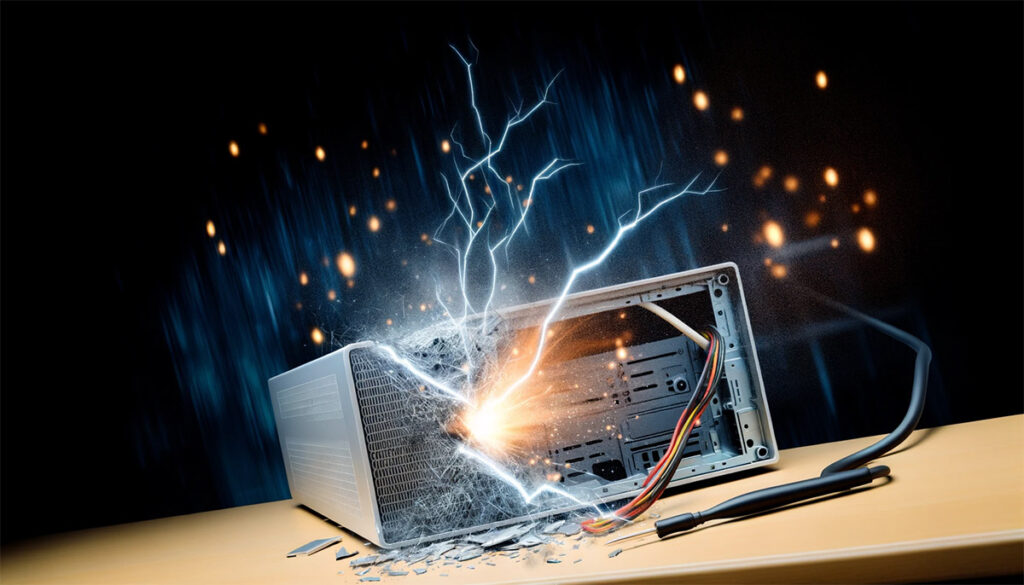
Although health is the most important factor to consider when thinking about the electricity in your home, it’s important to remember that your electronics can also be affected by dirty electricity. Whether you only have a couple of electronic items or have numerous electronic devices throughout your home, you probably want to keep them in the best shape possible so you can avoid unnecessary replacements.
Dirty electricity can, unfortunately, wreak havoc on anything that uses electricity in your home. Most commonly, electronics experience decreased efficiency when they’re subject to dirty electricity. For example, your dryer might take a while to dry your clothes, even if it’s only a few months old, or your microwave might cook foods inconsistently. These inefficiencies can be inconvenient for you, and your devices may wear down over time as a result.
Dirty electricity can also decrease the safety of your electronics. When a power surge runs through an electronic device, you might feel a shock when you touch the appliance. Even more concerning is the increased risk of a fire hazard from a surge caused by dirty electricity.
How To Protect Your Devices from Dirty Electricity
The best way to protect your devices from dirty electricity is to reduce dirty electricity in your home. The following tips offer direct protection for devices and suggestions for reducing the amount of dirty electricity your electric system creates, essentially lowering the impact of dirty electricity on your electronics.
Use Surge Protectors
There’s a reason electronics companies tell you to protect your laptops, computers, and other high-value devices by plugging them into surge protectors. When surges occur, high-voltage electricity travels through power cords and into your devices, potentially causing damage.
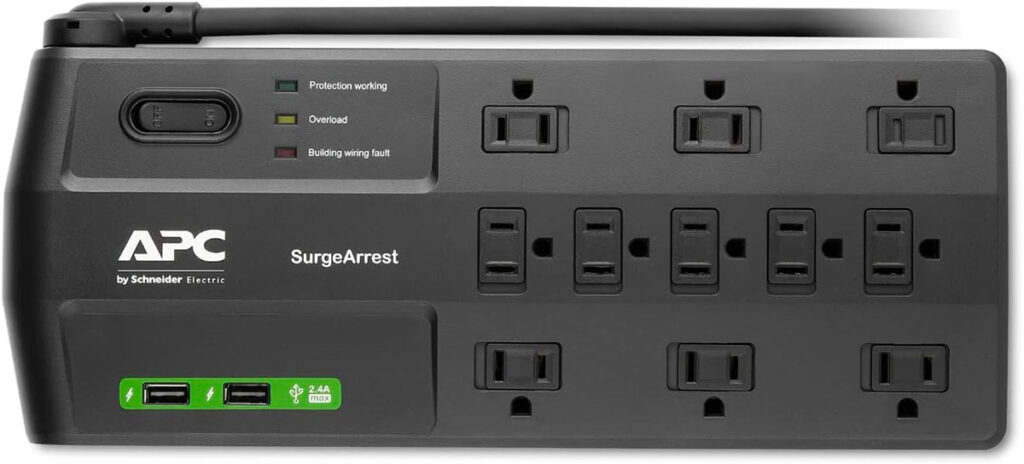
Surge protectors stop those surges from reaching your devices. By using a surge protector for your electronics, you provide a barrier of protection between them and any surges caused by dirty electricity in your home.
Use Dirty Electricity Meters
If you’re not sure if you have dirty electricity running through your home, use a meter that detects it. These meters measure electromagnetic interference (EMI), so they’re best known as EMI meters.
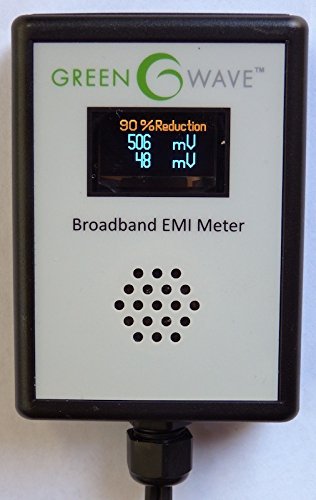
Plug a meter into your outlets to test the amount of EMI in different areas of your home, which can alert you to potential problems you should address by installing dirty electricity filters or calling an electrician.
Install Dirty Electricity Filters
Dirty electricity filters plug into standard outlets in your home to reduce the amount of dirty electricity running through your wiring. As a result, you can help protect any devices that are vulnerable to high levels of dirty electricity.
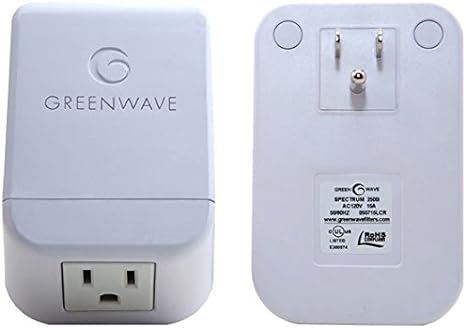
Homes with a large number of electronic devices will likely need more dirty electricity filters than homes with just a few. Follow the guidance for the specific filter you buy to determine how many are needed to clean up the dirty electricity in your home.
Upgrade Old Electronics and Appliances
Old, worn-out electronics and appliances are commonly associated with dirty electricity, so it’s a good idea to replace them when possible. And it’s not always big-budget items that cause the most harm. Think about your small appliances, like toasters and blenders, and old light bulbs or lighting fixtures, all of which can contribute to your home’s dirty electricity.
Turn Off Electronics
When you aren’t using your electronics, turn them off. Better yet, unplug them. Doing so can prevent those electronics from emitting EMFs that increase dirty electricity. This is especially true with things like your Wi-Fi router, which can lead to EMI in your home. Get into the habit of unplugging unused electronics before you go to bed, before leaving for the day, and before you go on vacation.
Conduct Routine Electricity Audits and Maintenance
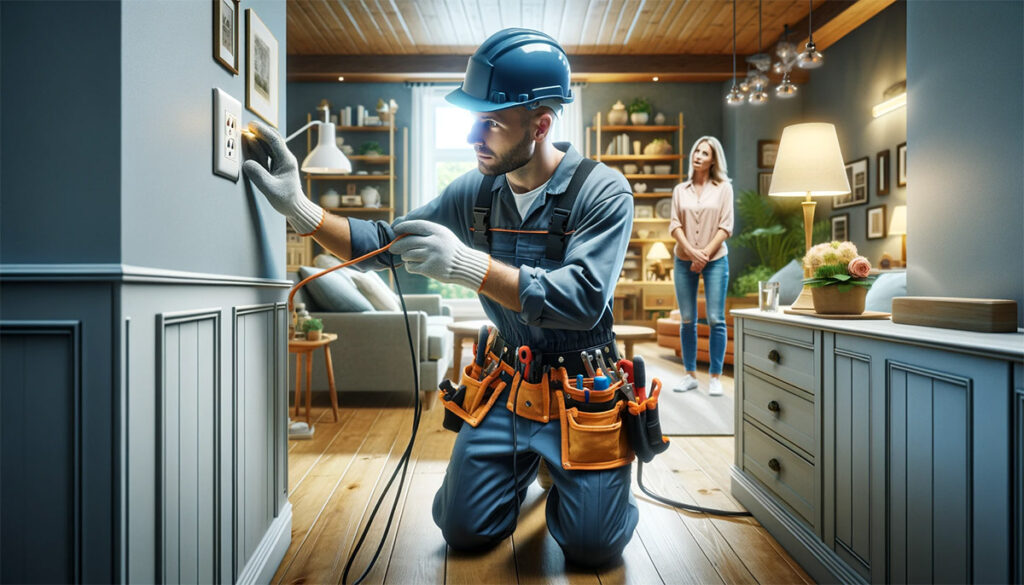
Prevention and monitoring are the keys to keeping the electricity in your home as clean as possible. Use your EMI meter every few months to monitor dirty electricity and take care of any electrical maintenance your home needs as soon as possible. Consider hiring an electrician annually to conduct an electricity audit of your home to help you catch potential problems quickly.
Dirty Electricity and Your Home
Dirty electricity is a lot more common than you might think, so don’t feel singled out if you happen to notice symptoms of dirty electricity in your home. With the many devices that keep us plugged in at all times, there’s bound to be dirty electricity that follows, especially as devices and wiring systems age.
Keep your devices protected by turning off unused electronics, using surge protectors, monitoring dirty electricity with EMI meters, and installing filters. Also, watch for common signs of dirty electricity, like power surges, flickering lights, and buzzing or vibration from electronics, which can signal a problem that you should correct quickly.
It’s also a good idea to hire an electrician or EMF professional to inspect your home for dirty electricity and offer suggestions for improvements and prevention. They can also install wired-in dirty electricity filters for you if you don’t feel comfortable doing so yourself.



